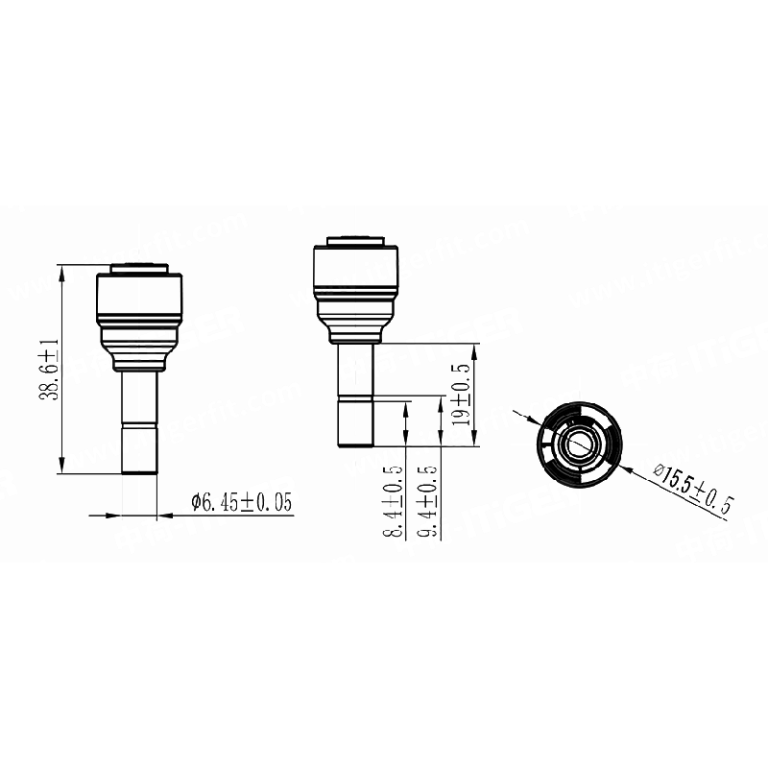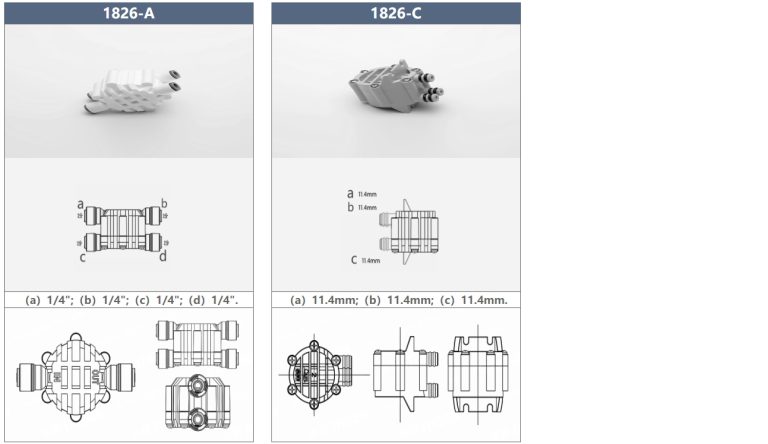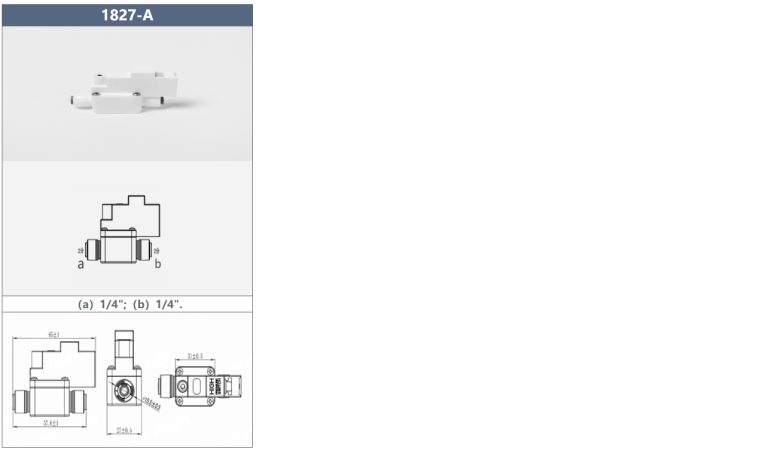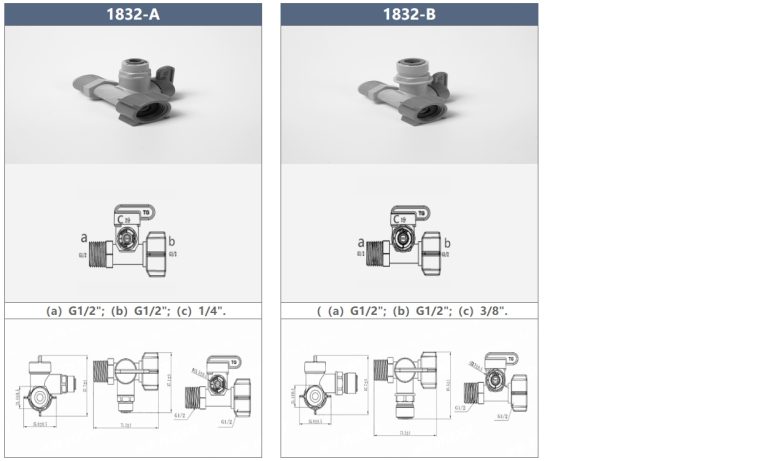“Durable, reliable, and leak-proof: Plastic plumbing fittings for all your needs.”
Table of Contents
Pros and Cons of Using Plastic Plumbing Fittings
Plumbing fittings are essential components in any plumbing system, connecting pipes and fixtures to ensure proper water flow and drainage. When it comes to choosing plumbing fittings, one of the options available is plastic fittings. Plastic fittings have gained popularity in recent years due to their affordability, ease of installation, and resistance to corrosion. However, like any material, plastic fittings come with their own set of pros and cons that should be considered before making a decision.
One of the main advantages of using plastic plumbing fittings is their cost-effectiveness. Plastic fittings are generally more affordable than their metal counterparts, making them a budget-friendly option for homeowners and contractors alike. This can be especially beneficial for large plumbing projects where cost savings are a priority.
In addition to being cost-effective, plastic fittings are also lightweight and easy to install. Unlike metal fittings, which can be heavy and require specialized tools for installation, plastic fittings can be easily manipulated and installed using basic tools. This can save time and labor costs during the installation process, making plastic fittings a convenient option for DIY enthusiasts and professionals alike.
Another advantage of plastic fittings is their resistance to corrosion. Unlike metal fittings, which can rust and deteriorate over time, plastic fittings are not susceptible to corrosion, making them a durable option for long-term use. This can be particularly beneficial in areas with high humidity or exposure to harsh chemicals, where metal fittings may not hold up as well.
However, despite their many advantages, plastic fittings also have some drawbacks that should be taken into consideration. One of the main concerns with plastic fittings is their durability. While plastic fittings are resistant to corrosion, they may not be as strong or long-lasting as metal fittings. This can be a concern in high-pressure plumbing systems or areas with heavy usage, where plastic fittings may be more prone to cracking or leaking.
Another potential drawback of plastic fittings is their environmental impact. Plastic is a non-biodegradable material that can contribute to pollution and waste in landfills. While some plastic fittings can be recycled, not all plastics are easily recyclable, leading to potential environmental concerns. This is something to consider for environmentally conscious consumers who are looking to minimize their carbon footprint.
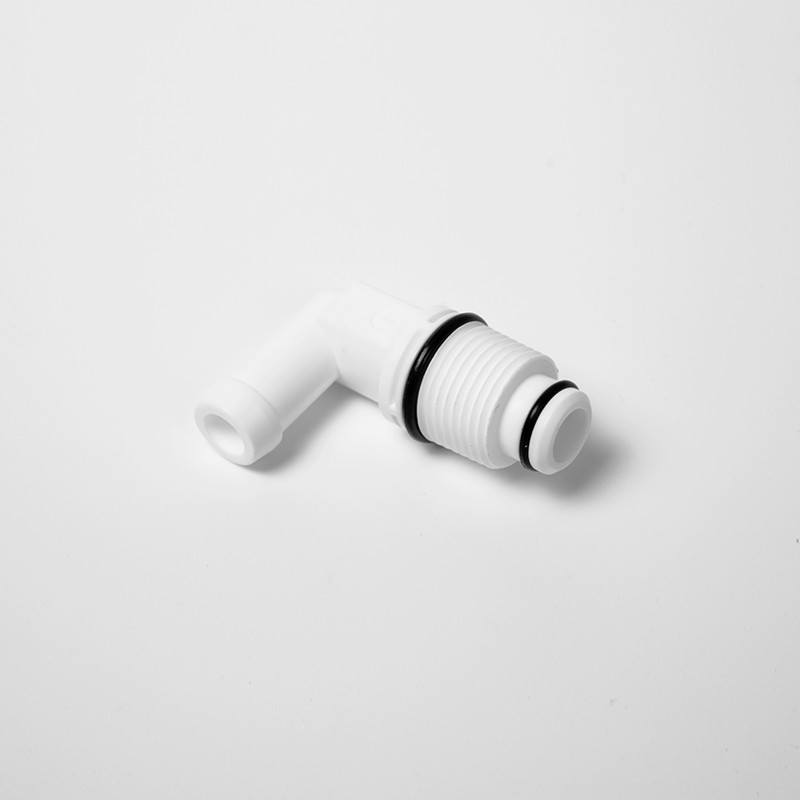
In conclusion, plastic plumbing fittings offer a range of benefits, including affordability, ease of installation, and resistance to corrosion. However, they also come with some drawbacks, such as concerns about durability and environmental impact. When considering whether to use plastic fittings in a plumbing project, it is important to weigh the pros and cons carefully to make an informed decision. Ultimately, the choice of plumbing fittings will depend on individual needs and preferences, as well as the specific requirements of the plumbing system in question.
How to Properly Install Plastic Plumbing Fittings
Plastic plumbing fittings are a popular choice for many homeowners and professionals due to their durability, affordability, and ease of installation. When properly installed, plastic fittings can provide a reliable and leak-free connection for your plumbing system. In this article, we will discuss the steps you need to take to ensure that your plastic plumbing fittings are installed correctly.
The first step in installing plastic plumbing fittings is to make sure that you have the right tools and materials for the job. You will need a pipe cutter, deburring tool, Teflon tape, and the appropriate fittings for your specific plumbing system. It is important to use fittings that are designed for use with plastic pipes to ensure a proper seal.
Before you begin the installation process, it is important to shut off the water supply to the area where you will be working. This will prevent any water from leaking out while you are making the connections. Once the water supply is turned off, you can begin cutting the plastic pipe to the desired length using a pipe cutter. Be sure to make a clean, straight cut to ensure a proper fit with the fittings.
| POM | Highly durable and resistant to fatigue and creep |
| ST Teeth | 304 Stainless Steel, good corrosion resistance |
| NBR | Good oil resistance |
After cutting the pipe, use a deburring tool to remove any rough edges or burrs from the cut end. This will help to ensure a tight seal when the fitting is installed. Once the pipe is deburred, you can begin assembling the fittings. Apply a thin layer of Teflon tape to the threads of the fitting to create a watertight seal.
Next, insert the pipe into the fitting and tighten the connection using a wrench. Be careful not to over-tighten the fitting, as this can cause damage to the plastic and lead to leaks. Once the fitting is securely in place, turn the water supply back on and check for any leaks. If you notice any leaks, tighten the fitting slightly until the leak stops.
It is important to properly support the plastic pipes and fittings to prevent stress on the connections. Use pipe hangers or straps to secure the pipes to the wall or ceiling and prevent them from sagging or moving. This will help to maintain the integrity of the connections and prevent leaks over time.
In addition to proper installation techniques, it is important to regularly inspect your plastic plumbing fittings for any signs of wear or damage. Look for cracks, leaks, or discoloration that may indicate a problem with the fittings. If you notice any issues, it is important to address them promptly to prevent further damage to your plumbing system.
In conclusion, plastic plumbing fittings can provide a reliable and cost-effective solution for your plumbing needs when installed correctly. By following the steps outlined in this article, you can ensure that your plastic fittings are properly installed and will provide a leak-free connection for years to come. Remember to use the right tools and materials, shut off the water supply before beginning work, and properly support the pipes to prevent stress on the connections. With proper installation and maintenance, your plastic plumbing fittings can provide a durable and efficient solution for your plumbing system.

